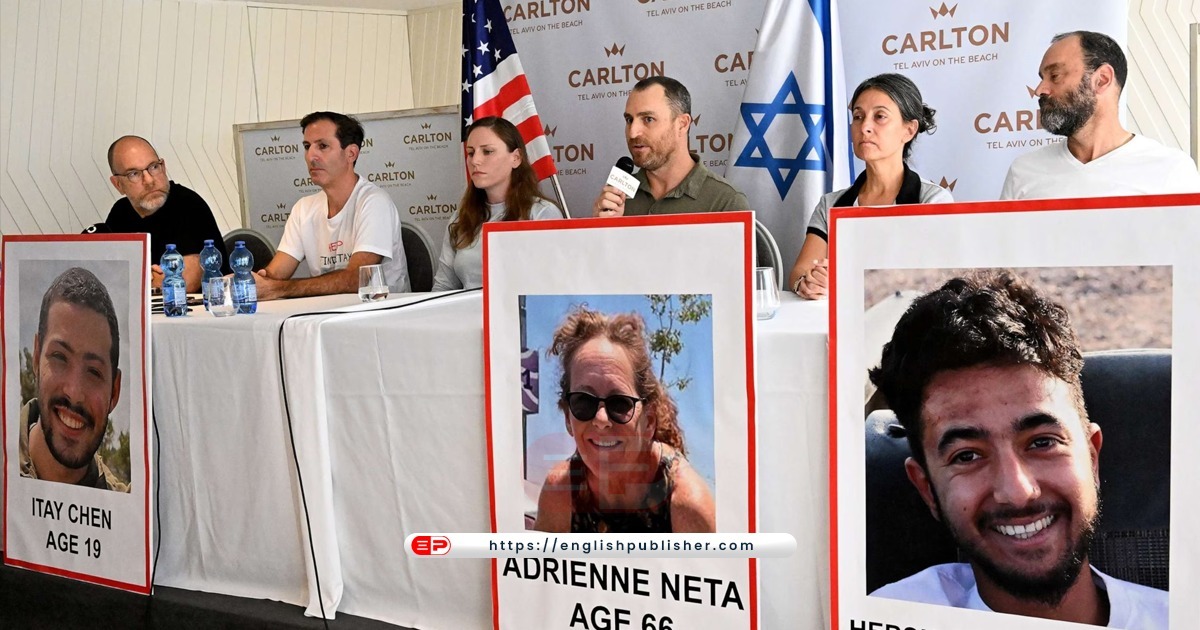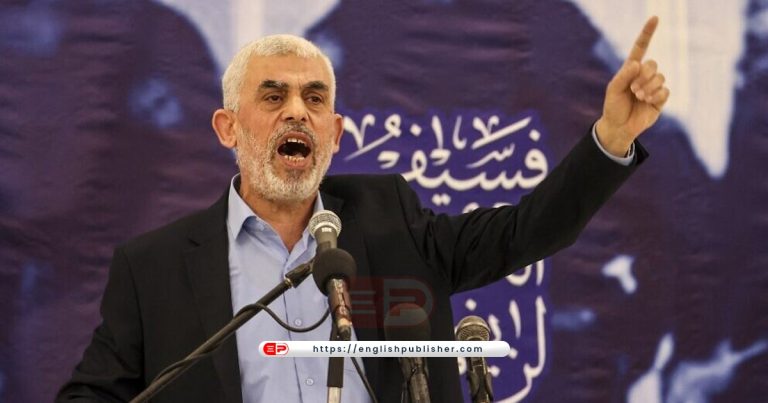In the case of the attack on Israeli cities on Saturday, October 7, the Palestinian militant organization Hamas, in the operation “Tufan al-Aqsa”, where hundreds of people were killed, the militants took dozens of people hostage and took them with them to Gaza.
Israeli officials say that the number of hostages is between 100 and 150, and that they include Israeli citizens as well as citizens of other countries.
According to Hamas, these people are kept in “safe places” in addition to the tunnels in Gaza that Israel has been targeting in the past. The Palestinian organization has warned that if Israel does not stop the bombing of the populated areas of Gaza, these hostages will be killed.
There have been many claims on social media about who the hostages are by Hamas. Below are the stories of those the Media has confirmed or has received credible reports of being among the hostages.
Sheri, Jordan, Ariel and Kfir Bibas are believed to have been kidnapped from a ‘kibbutz’ in southern Israel. Kibbutzim are Jewish settlements that hold a deeply symbolic place in the history of the State of Israel.
All of them are residents of the same kibbutz where Sherry worked as a kindergarten teacher. Sherry was photographed with her three-year-old daughter Ariel and nine-month-old Kafir as she was surrounded by armed Hamas operatives.
Sherry’s parents, Yosi and Margot Silberman, are also still missing and are believed to have been taken hostage as well.
Around the same time, Raz and Oyo Asher were captured near the Gaza border where they were staying with relatives.
Yuni watched the video of his wife and three- and five-year-old daughters being loaded into a truck with other hostages. People also tracked his wife’s mobile phone and it was found in Gaza.
Carmela, Noya Dan, Ofer, Erez, and Saffar Calderon were captured in a town called Nir Oz, a kibbutz bordering Gaza. A video clip circulating on social media shows gunmen taking 12-year-old Arees to Gaza, one of his relatives, Aidou Dan, told the Media.
He added that he has concerns about the health of 80-year-old Carmela, who is no longer able to afford treatment.
Ada Sagi is believed to have been abducted from his home in Nir Oz, 400 meters from the Gaza border. Her son Naom said Israeli soldiers found bloodstains but found no trace of his mother. He added that she was not among those killed or injured in the small compound.
The parents of London-based artist Sharon Lifshitz are also believed to have been held hostage in Neer Oz. Lifshitz, who asked not to be identified, said his father spoke Arabic and spent his retirement time driving Palestinians who needed medical treatment to the hospital.
Shani Leuk, a tourist from Germany, was attending a music festival near the Gaza border when armed Hamas operatives stormed the area, opening fire and forcing terrified attendees to flee into the desert. His mother Ricarda said she saw a video of Shani after she was abducted.
He later added that he had received information that Shani was in critical condition in Gaza after suffering a head injury.
Noah Argamani, an Israeli citizen of Chinese origin, was abducted from the fair. The video footage, confirmed by her father Yaakov Argmani to Israel’s Channel 12, shows the 25-year-old girl being led away on a motorcycle by a gunman shouting: ‘Don’t kill me!’
Yaffa Adar, 85, was abducted from a kibbutz near the Gaza border. His granddaughter Adwa found a video clip showing him being taken to Gaza and surrounded by four armed men.
Anocha Angkyu, who worked on an avocado farm for nearly two years, is one of 11 Thai nationals still missing after the attacks.
His wife, Winida Marsa, told the BBC that she recognized her husband from a video posted by Hamas.
The Thai Foreign Ministry also said that the 11 Thai nationals taken hostage include Pongsathorn, Kumkurt Chomboa, Ketisak Pati, Muni Gerachart, Notapuran Oronkao, Bontam Pinking and Sasiwan Pinking.
Israel faces a historic hostage crisis
Qatar, Egypt and possibly other countries are also currently making partial efforts to secure the release of the Israeli hostages. One idea is that Hamas will release the women and children in exchange for 36 Palestinian women and juvenile prisoners held in Israeli prisons.
However, Michael Milstein, a senior analyst at the Institute for Policy and Strategy at Israel’s Reichman University, says, “If there was another time, Israel’s first priority would have been the return of the hostages, but now Israel’s first priority is Hamas as a military threat.” But to finish.’
At a time when tensions and anger are high on both sides, neither Israel nor Hamas is in a mood to compromise or make concessions.
Hamas has threatened to kill a hostage every time an Israeli airstrike kills a civilian. However, so far there has been no evidence of this happening. However, there are no signs of showing any kind of restraint on the part of Israel either. Most areas of the Gaza Strip are being destroyed.
However, Michael Milstein believes that Hamas may not want to hold women, children and elderly hostages for long because of the negative impact on its international reputation and the need to care for such hostages between airstrikes. Not easy, while Hamas also has to take care that because of these hostages, Israel does not secretly trace their bases in Gaza.
Hamas, on the other hand, will try to get the most out of the Israeli military hostages.
This is a big headache for the Israeli government. Will he attempt a risky military operation to rescue the hostages? Or wait until Hamas is weakened by airstrikes and agree to a deal?
This second way is also not without dangers. Although the hostages are believed to be held in underground tunnels and bunkers, these are also not completely protected from airstrikes. There is always the risk that the hostages may be killed out of anger or fear of a rescue operation. This has also happened in Nigeria in 2012 when British and Nigerian special forces conducted an operation to free two hostages.
Israel is currently collecting the identities and other information of all the hostages. But Michael Milstein, who spent 20 years in Israeli military intelligence, cautions that “we don’t know everything about every house and street in the Gaza Strip.”
Gaza is Hamas territory where they can hide themselves and hostages in a network of underground tunnels. Israel, on the other hand, has special skills in rescuing hostages. The secret ‘Siyarat Matkal Unit’, established in 1957, gained notoriety in 1976 when its commandos rescued hostages from a hijacked plane at a Ugandan airport.
The Israeli commander of the operation, Yonatan Netanyahu, was the only commando killed. Today, his brother Benjamin Netanyahu is the Prime Minister of Israel and it is up to him to decide whether to wait for a negotiated release or try to free the hostages using force.
“There is no doubt that this is the most difficult hostage crisis in Israel’s history,” says Michael Melistian.

